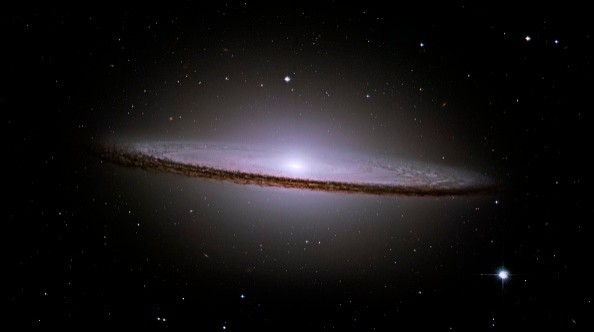The most detailed 3D map of the universe is now being developed by DESI (Dark Energy Spectroscopic Instrument). This giant space research instrument is currently stationed in the Nicholas U. Mayall Telescope at the Kitt Peak National Observatory, Arizona.

DESI is being used to observe and study the so-called dark energy in the universe. However, it also has other goals, such as creating the most accurate 3D universe map.
Recently, the space equipment has already released detailed 3D photos of various galaxies near the Milky Way Galaxy. These HD images and 3D representations clearly show the potential of DESI when it comes to mapping the universe.
Most Detailed 3D Map of the Universe
According to Science Alert's latest report, DESI has already charted more than 7.5 million galaxies. Every month, the Dark Energy Spectroscopic Instrument is able to add around 1 million new mapped galaxies to its database.

Now, experts behind DESI estimates that the most 3D map of the universe will be completed around 2026. They added that this computer-generated representation of space would include around 35 million galaxies once it is finished.
After that, astronomers and other space experts can use this 3D map to solve more mysteries in space.
"There is a lot of beauty to it. In the distribution of the galaxies in the 3D map, there are huge clusters, filaments, and voids," said Julien Guy, an astrophysicist at the Lawrence Berkeley National Laboratory.
Other Details of DESI's 3D Universe Map
Julien confirmed that the new 3D map of the universe would contain HD representations of the filaments, voids, and huge clusters in space.
As of the moment, DESI is using more than 5,000 optical fibers, which are individually positioned by tiny robots within the space equipment.
Thanks to this advanced fiber network, DESI can accurately capture the color spectrum images of millions of galaxies. If you want to know more details about the most accurate 3D map of the universe, you can visit this link.
In other news, NASA Kepler spacecraft discovered a new exomoon. Meanwhile, NASA TV confirmed that it would not air the upcoming SpaceX Cargo Dragon ISS departure.
For more news updates about space and other related topics, always keep your tabs open here at TechTimes.
Related Article : Largest Object in Milky Way Galaxy Now Detected! Astronomers Explain What Maggie Really Is
This article is owned by TechTimes
Written by: Griffin Davis
ⓒ 2025 TECHTIMES.com All rights reserved. Do not reproduce without permission.




